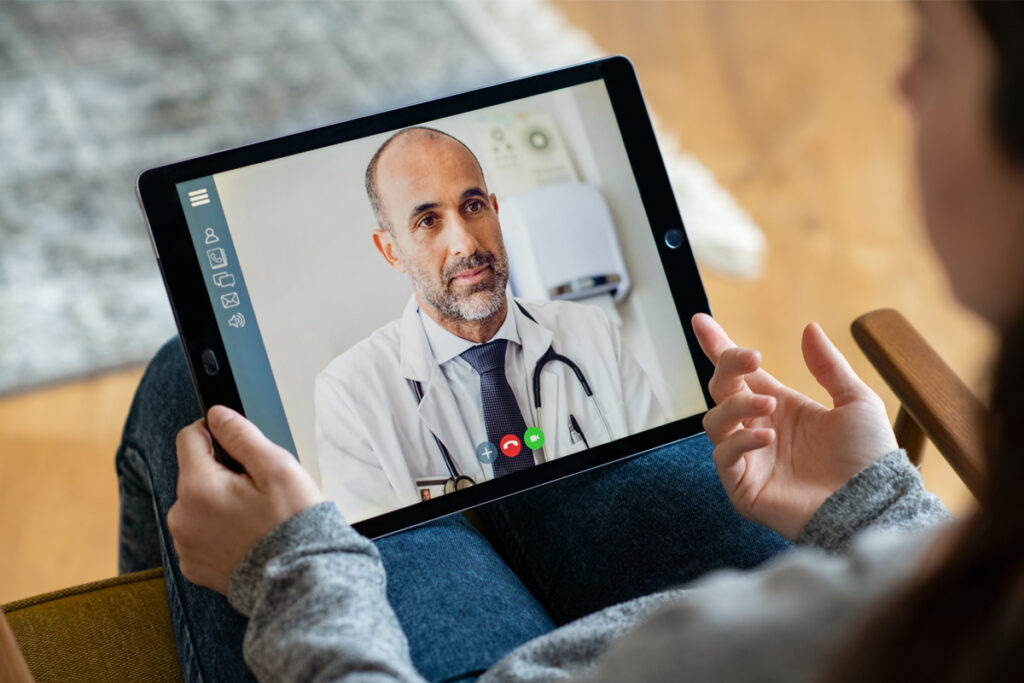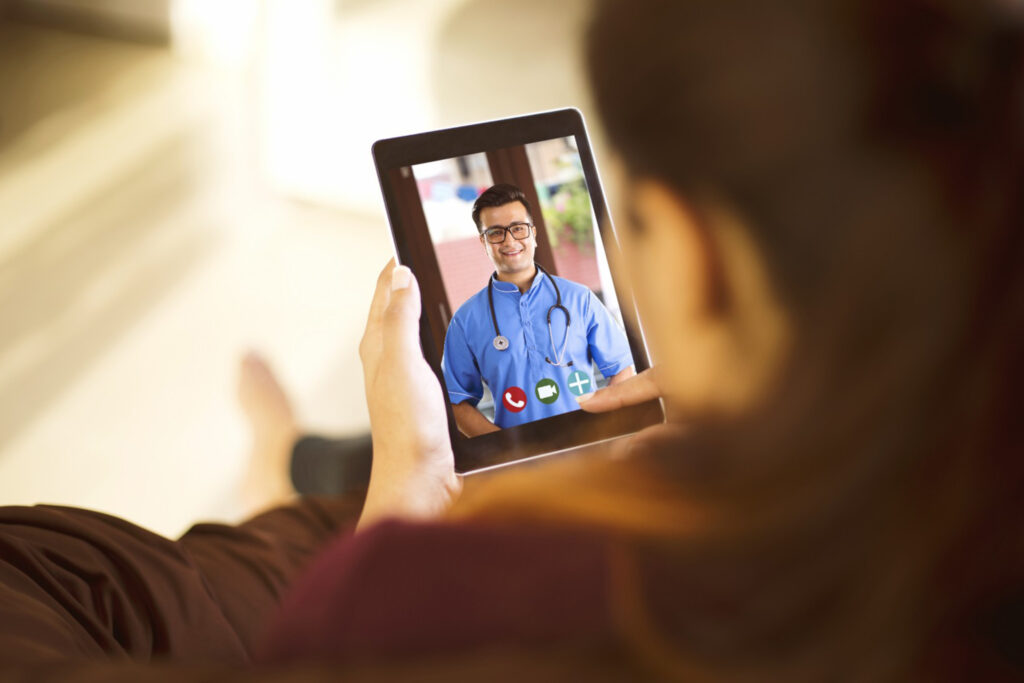Telemedicine, also known as telehealth, has emerged as a revolutionary tool in modern medical practice, transforming the delivery of healthcare services and expanding access to care for patients worldwide. With advances in technology and the increasing demand for convenient and efficient healthcare solutions, telemedicine has gained widespread acceptance among patients, healthcare providers, and policymakers alike. In this article, we will explore the role of telemedicine in modern medical practice, examining its benefits, challenges, and perspectives on remote patient care.
The Evolution of Telemedicine:
Telemedicine has its roots in the early 20th century when radiology and electrocardiography were first transmitted via telephone lines for diagnostic purposes. Over the decades, technological advancements, including the internet, digital imaging, and video conferencing, have enabled the expansion of telemedicine beyond radiology to encompass a wide range of medical specialties and services.
Today, telemedicine encompasses various modalities, including synchronous (real-time) telemedicine, such as video consultations and virtual visits, and asynchronous (store-and-forward) telemedicine, such as remote monitoring and electronic consultations. Telemedicine services may include primary care consultations, specialty consultations, mental health counseling, chronic disease management, and preventive care, among others.

Benefits of Telemedicine in Modern Medical Practice:
- Improved Access to Care: Telemedicine enables patients to access healthcare services remotely, overcoming barriers such as geographic distance, mobility limitations, and transportation challenges. Rural and underserved populations, in particular, benefit from telemedicine by gaining access to specialist care and expertise that may not be available locally.
- Convenience and Flexibility: Telemedicine offers patients the convenience of accessing healthcare services from the comfort of their own homes, eliminating the need for travel and reducing wait times. Additionally, telemedicine appointments can be scheduled at times that are convenient for patients, offering greater flexibility and accommodating busy schedules.
- Continuity of Care: Telemedicine facilitates continuity of care by enabling patients to maintain ongoing relationships with their healthcare providers, even when faced with geographic or logistical barriers. Patients can receive follow-up care, medication management, and monitoring of chronic conditions remotely, ensuring continuity of care and preventing gaps in treatment.
- Cost Savings: Telemedicine has the potential to reduce healthcare costs by minimizing the need for in-person visits, hospital admissions, and emergency room visits. By preventing unnecessary healthcare utilization and optimizing care delivery, telemedicine can lower healthcare expenditures for patients, insurers, and healthcare systems.
- Enhanced Patient Engagement: Telemedicine promotes patient engagement and empowerment by involving patients in their care decisions, providing access to educational resources, and facilitating communication with healthcare providers. Patients who participate in telemedicine appointments may feel more engaged in their care and more motivated to adhere to treatment plans and preventive measures.
Challenges and Considerations in Telemedicine:
While telemedicine offers numerous benefits, it also presents challenges and considerations that must be addressed to ensure its effective implementation and integration into modern medical practice:
- Regulatory and Legal Considerations: Telemedicine is subject to regulatory and legal considerations, including licensure, reimbursement, privacy, and security regulations. Healthcare providers must comply with state and federal laws governing telemedicine practice, reimbursement policies, and patient confidentiality requirements.
- Technology and Infrastructure: Access to reliable internet connectivity, digital devices, and telecommunication infrastructure is essential for successful telemedicine implementation. Healthcare organizations must invest in technology infrastructure, cybersecurity measures, and user-friendly telemedicine platforms to ensure seamless and secure remote patient care.
- Digital Divide: Socioeconomic disparities and the digital divide may limit access to telemedicine services for vulnerable populations, including low-income individuals, elderly patients, and those with limited digital literacy or access to technology. Efforts to bridge the digital divide and promote digital inclusion are essential for ensuring equitable access to telemedicine for all patients.
- Clinical Considerations: While telemedicine is suitable for many types of medical consultations and services, certain clinical scenarios may require in-person evaluation, physical examination, or diagnostic testing. Healthcare providers must use clinical judgment and evidence-based guidelines to determine the appropriateness of telemedicine for individual patients and conditions.
- Quality of Care and Patient Satisfaction: Ensuring the quality of care and patient satisfaction in telemedicine requires attention to factors such as communication, clinical competence, and technical proficiency. Healthcare providers must establish rapport with patients, communicate effectively, and address patient concerns to maintain high standards of care and promote positive patient experiences in telemedicine encounters.
Perspectives on the Future of Telemedicine:

The future of telemedicine holds promise for continued growth and innovation in modern medical practice. Advances in technology, such as artificial intelligence, remote monitoring devices, and virtual reality, are poised to further enhance the capabilities and scope of telemedicine services. Moreover, the COVID-19 pandemic has accelerated the adoption of telemedicine worldwide, paving the way for greater acceptance, integration, and investment in remote patient care solutions.
Moving forward, stakeholders in healthcare, including policymakers, healthcare organizations, insurers, and technology providers, must collaborate to address the challenges and opportunities of telemedicine and ensure its sustainable integration into modern medical practice. By leveraging telemedicine to expand access to care, improve patient outcomes, and enhance healthcare delivery efficiency, we can transform the way healthcare is delivered and experienced in the 21st century.
